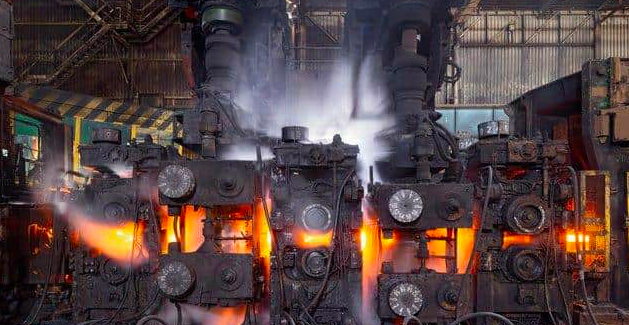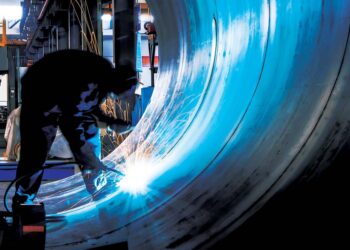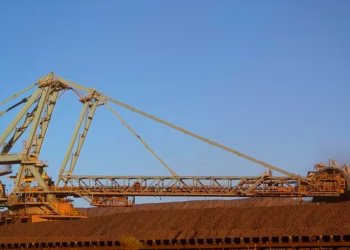Artificial intelligence and heavy industries such as cement, steel, energy and chemicals would seem to occupy worlds at opposite ends of the technology spectrum. But the two worlds are increasingly colliding as “hard-to-abate” industries, which cannot easily transition to renewable energy, turn to AI to help them in their challenge of cutting CO2 emissions, according to a new report by Reuters.
While large language models such as ChatGPT have garnered the lion’s share of attention, “this is not the type of AI you need in industry,” says Luciano Lilloy, co-portfolio manager of the U.S. Environmental Leaders strategy at Impax Asset Management, which specialises in IT and industrials. “This is about other types of machine learning that have been advancing fast, but out of the spotlight because they are less consumer-facing.”
- LLMs can make frontier technologies like CCUS, biofuels, clean hydrogen more commercially viable
- Carbon Re estimates it can cut emissions from fuel use by 20% applying AI to existing cement plants
- Covestro using AI to cut waste at two of its chemical plants, improving efficiency by 5%
- Real prize for heavy industry could come from using AI to invent new materials with lower emissions
Lisa Wee, head of global sustainability at industrial software group Aveva, points out that “a lot of the innovation in AI started in heavy industry, and it is rapidly accelerating. It can make some of the new frontier technologies, such as CCUS (carbon capture, utilisation and storage), advanced biofuels, clean hydrogen and synthetic fuels, more commercially viable and scalable.”
Jim Chappell, Aveva’s global head on artificial intelligence adds that predictive and “grey-box” modelling of things like carbon capture and hydrogen production (combining qualitative prior knowledge with quantitative data) helps with efficiency improvements and overall cost reductions.
AI can also help with investigations of potential CCUS aquifer sites and surrounding structures for the presence of faults, as well as to develop new materials to capture CO2 emissions from flue gases.
The technology can also help with the development of advanced biofuels, from identifying the right feedstocks to maximising yields and optimising production processes. Researchers at Texas A&M AgriLife, for example, are using AI to increase yields for algae-based biofuels, which have been hindered by low yields and high harvesting costs. The team is using an AI advanced-learning model to predict algae light penetration, growth and optimal density, allowing algae to be harvested continually to ensure there is enough light for the algae to grow.





